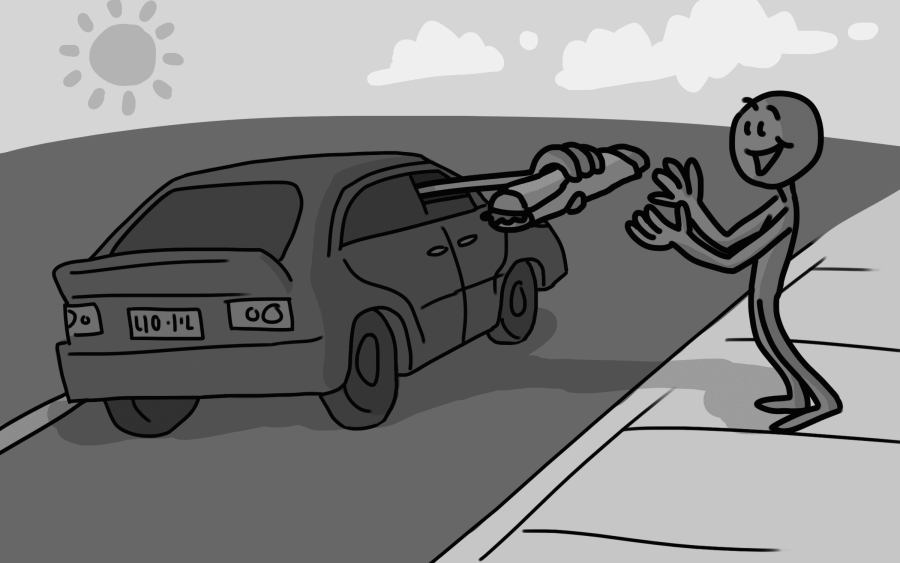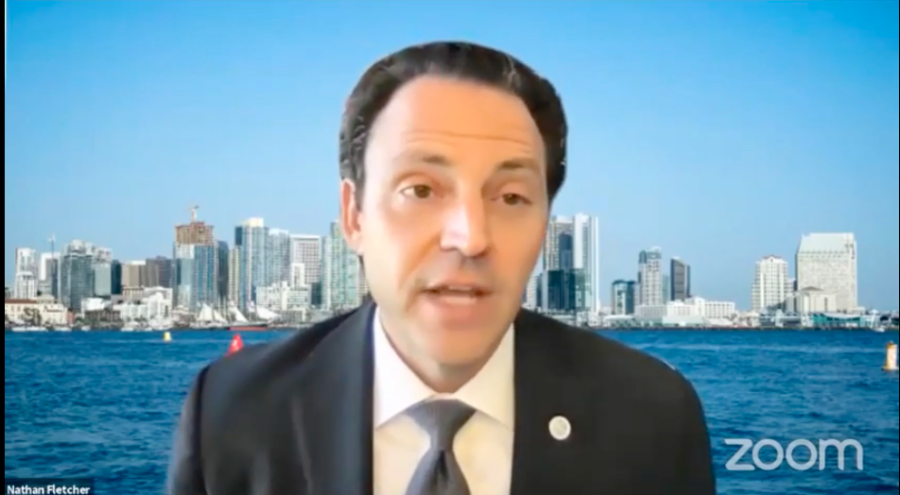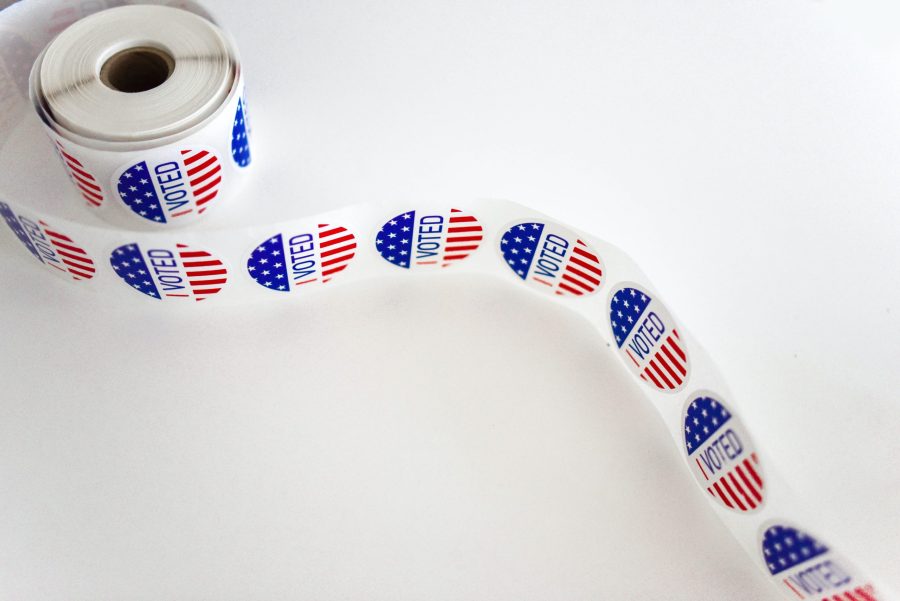We live in an era of instant gratification and easily accessible resources. Gone, for the most part, are televisions that can’t be accessed with the click of a trackpad, music that can’t immediately be streamed and now — on the large corporate platform of cab-hailing network Uber — restaurant food that can’t be delivered with a tap on a smartphone screen. While smaller companies have already been offering food delivery service via apps, Uber CEO Travis Kalanick’s recent announcement that the company will offer food delivery through UberEATS brings the concept to a national and corporate level, and promises to be one major part of the vulnerable future of workers and customers alike in the era of apps.
The announcement by Uber lumps the app together with a host of others Grubhub, Eat24, Seamless, Postmates, DoorDash by combining ride-service with food delivery. With UberEATS, reports Wired, users may call for a driver to pick up food from participating restaurants before delivering it to them.
As stated by Jason Droege, whose title is “Head of Uber Everything,” the app does not offer rides: It merely serves as Uber’s own food-delivery branch, which has existed within Uber on a much smaller and more confined level. In implementing UberEATS, the company makes another enemy — on top of taxi drivers — by pushing out smaller apps of a similar nature. According to the LA Times, SF company Sidecar, a food-delivery app, sold its assets to General Motors at the end of 2015, and SpoonRocket shut down the day after the creation of UberEATS due to an “ever-tightening funding environment.” Despite the company’s prowess, though, even Uber is not immune to such an environment, and its issues thus far make the future of UberEATS simultaneously more promising for the company and concerning for its drivers.
It is no secret that Uber has exploited and even trapped workers, beginning with its key element: There are no workers. According to Forbes, Uber hires drivers as independent contractors and is not forced to offer entitlements like minimum wage, overtime, workers’ compensation, unemployment, health insurance or lower taxes. This, in turn, means that Uber drivers are not required to work solely for Uber. However, Ellen Huet from Forbes reported that such freedom is not always available for Uber drivers.
Uber’s earlier move to compensate for its fare cuts meant lowering commission for Uber on individual rides and then increasing them again, while offsetting them with a guarantee of higher rates for drivers. The catch is the rules that Uber drivers must follow in order to receive this improved wage: This includes accepting 90 percent of ride requests, doing one trip per hour and being online 50 out of every 60 minutes of work. This restricts drivers, many of whom work for other rideshare services and are on two or three apps at once, by basically making them have the dedication of an Uber driver without the entitlements and benefits.
Given the prior practices of Uber, the idea of cornering the food-delivery industry may hold ominous futures for drivers. But not all major rideshare apps yield the same future career status for drivers. Lyft, like Uber, is expanding through partnerships with General Motors — which entails a $500 million investment in the ridesharing service — and Starbucks, which hints at the rideshare company’s next step. In a piece for Fast Company, Lyft co-founder and president John Zimmer describes this as a system of benefits for the company’s drivers and for Starbucks employees: baristas will occasionally get a free Lyft ride to work, Lyft drivers will automatically get Gold status in the Starbucks Rewards loyalty program and whatever it takes, Zimmer says, to ensure “the best possible experience to get both your coffee and your ride.” General Motors’ role in the partnership lies in the creation of rental hubs, where people interested in driving for Lyft can rent for cheap, and of a joint-network for self-driving cars.
If Uber — which is losing $1 billion in China, according to Fortune — is prioritizing global presence, dominance and power over drivers, UberEATS may end up being an extension of what already exists. Smaller restaurant-delivery apps fall prey to such a corporation’s expansion. Simultaneously, Lyft seeks to connect drivers to the coffee world through a mutually beneficial partnership. Last week, American Apparel became the first retailer to partner with Postmates, another delivery app for both food and goods, by offering the delivery of clothes for a promotional delivery charge of $1.99, reports the Chicago Tribune. The future of business and app-technology, though unclear, is clearly merging, leaving smaller businesses that previously offered similar services to wither away. Whether major rideshare-delivery corporations invest in their own drivers, however, is less clear.












